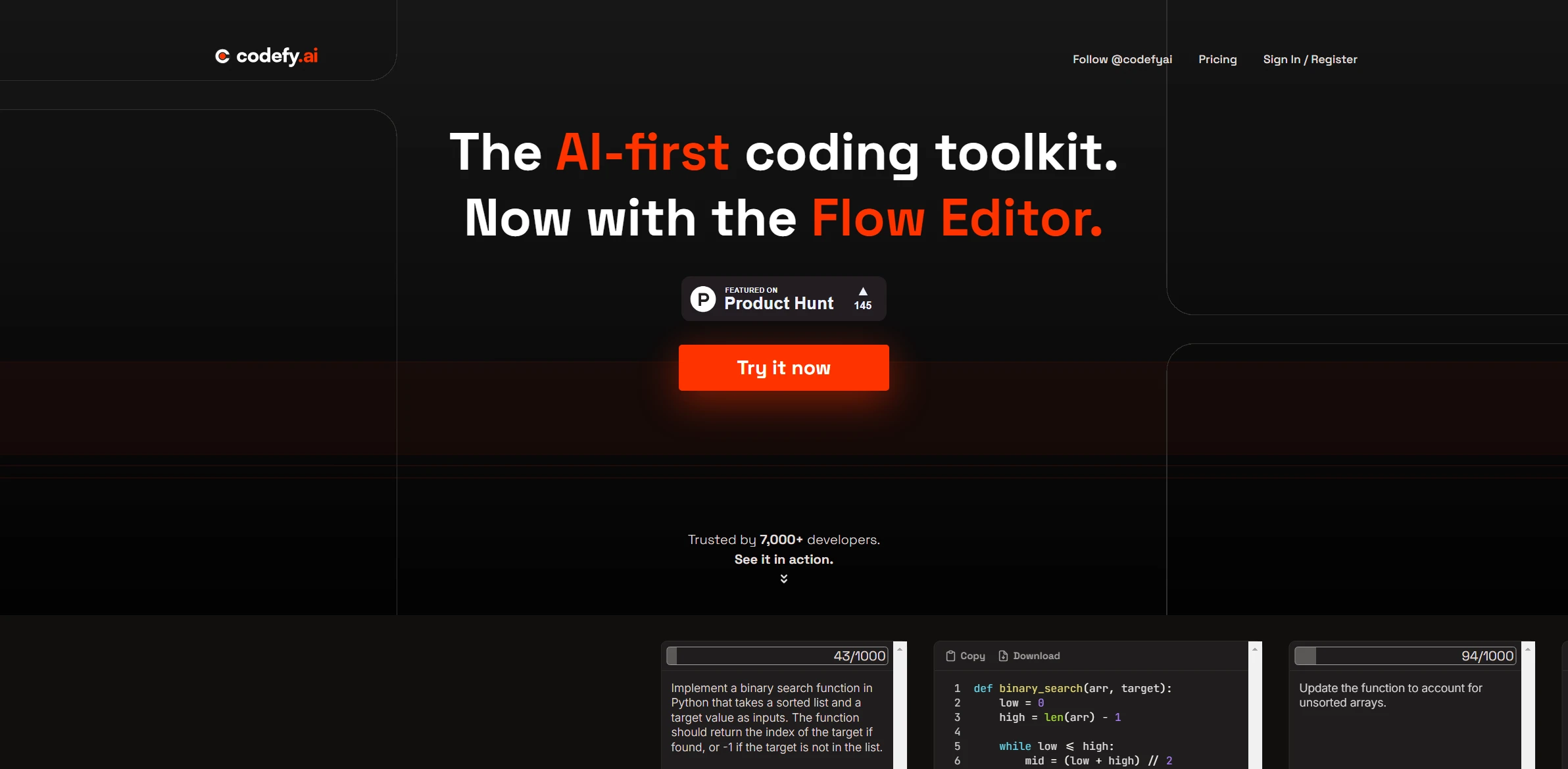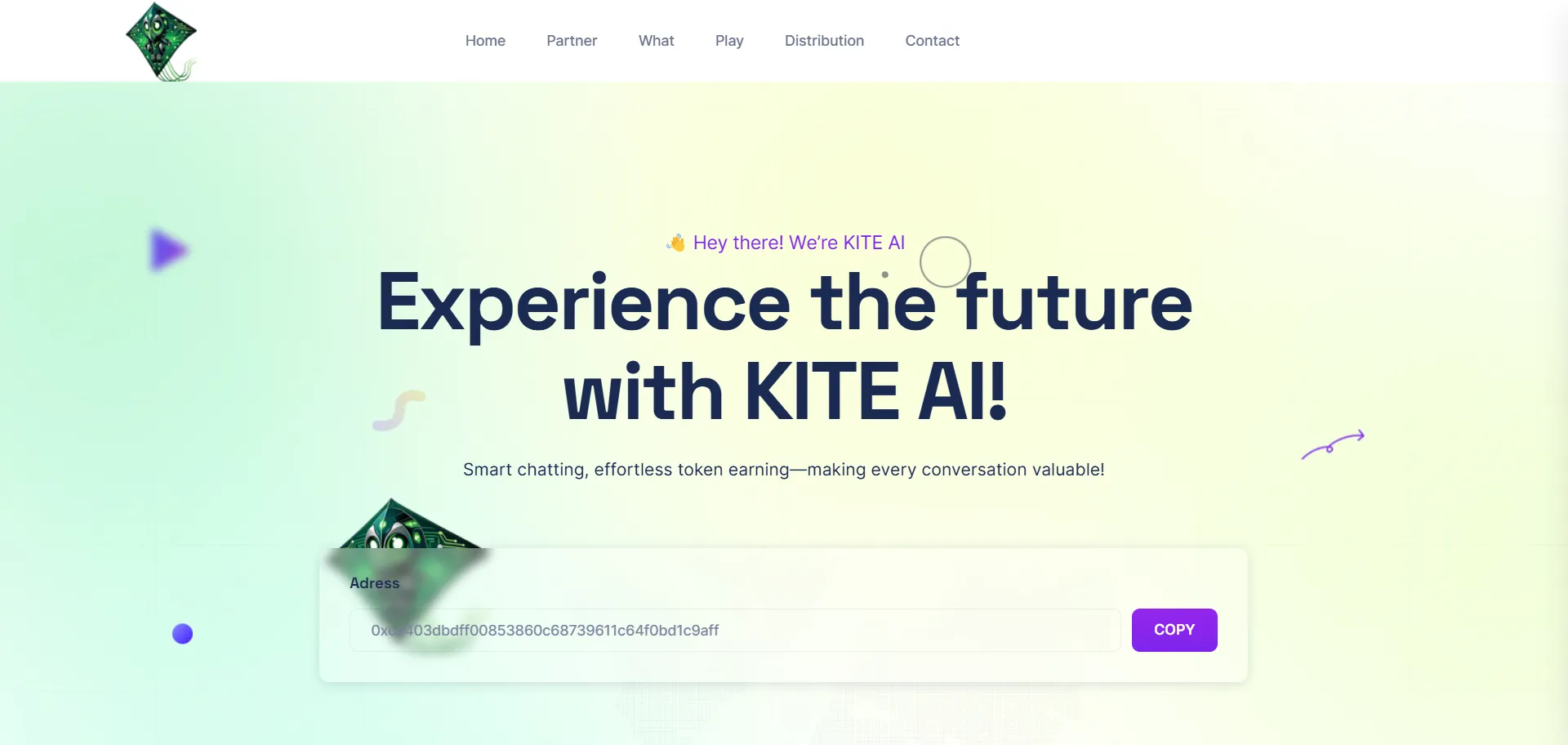Artificial Intelligence Tool Gensim

DESCRIPTION
Gensim is a robust open-source library designed for unsupervised topic modeling and natural language processing (NLP) tasks in Python. It specializes in efficiently processing large text corpora by leveraging its innovative algorithms to extract insights from unstructured data. Gensim’s architecture is built to handle data that does not fit into memory, allowing it to work seamlessly with large datasets. This makes it a preferred choice among data scientists and developers who need to analyze extensive text collections without the need for high-performance hardware.
A key functionality of Gensim is its Word2Vec model, which enables users to create word embeddings—dense vector representations of words that capture their contextual meanings. By analyzing word co-occurrences in a corpus, Word2Vec can generate vectors that allow for semantic comparisons between words, such as identifying synonyms or determining the relationship between terms. This functionality is crucial for various NLP applications, including sentiment analysis, text classification, and recommendation systems, as it transforms raw textual data into a format that machine learning models can utilize effectively.
The practical impact of Gensim’s Word2Vec extends beyond academic research; it is widely applied in industry settings to enhance user experiences. For instance, e-commerce platforms use tool improve product recommendations by understanding customer queries in a more nuanced manner. By leveraging the semantic relationships learned through Word2Vec, businesses can deliver more relevant content to users, ultimately driving higher engagement and conversion rates. Gensim’s ability to create meaningful word representations thus plays a pivotal role in optimizing various applications in the modern data landscape.
Why choose Gensim for your project?
Stands out for its efficient handling of large text corpora and its ability to perform topic modeling, semantic similarity, and document clustering. Its unique algorithms, like Word2Vec and Doc2Vec, allow for nuanced word embeddings, capturing contextual meanings. Gensim’s memory-efficient streaming of data ensures scalability, making it ideal for projects involving massive datasets. Practical use cases include academic research for discovering latent topics, content recommendation systems that enhance user experience, and natural language processing tasks that require semantic understanding. Its simple interface facilitates rapid prototyping, making it accessible for both beginners and experienced data scientists.
How to start using Gensim?
- Install using pip: Run the command
pip install gensimin your terminal or command prompt. - Import the necessary modules: Start your Python script or notebook by importing with
import gensim. - Prepare your text data: Clean and preprocess your text data, ensuring it’s in a suitable format for analysis.
- Create a dictionary and corpus: Use Gensim’s
Dictionaryclass to create a dictionary and convert your text data into a corpus. - Train a model: Choose an appropriate model (e.g., LDA, Word2Vec) and train it using your prepared corpus.
PROS & CONS
 Highly efficient in handling large text corpora, making it suitable for big data applications.
Highly efficient in handling large text corpora, making it suitable for big data applications. Offers seamless integration with various natural language processing workflows and other libraries.
Offers seamless integration with various natural language processing workflows and other libraries. Provides advanced algorithms for topic modeling and document similarity, enhancing analytical capabilities.
Provides advanced algorithms for topic modeling and document similarity, enhancing analytical capabilities. Supports a variety of word embedding techniques, enabling more nuanced semantic understanding.
Supports a variety of word embedding techniques, enabling more nuanced semantic understanding. Open-source and community-driven, ensuring continuous updates and improvements to the tool.
Open-source and community-driven, ensuring continuous updates and improvements to the tool. Limited support for deep learning models compared to more modern frameworks.
Limited support for deep learning models compared to more modern frameworks. Steeper learning curve for users unfamiliar with natural language processing concepts.
Steeper learning curve for users unfamiliar with natural language processing concepts. Less user-friendly interface compared to some other popular machine learning libraries.
Less user-friendly interface compared to some other popular machine learning libraries. Performance may lag with larger datasets compared to specialized tools designed for big data.
Performance may lag with larger datasets compared to specialized tools designed for big data. Fewer built-in visualization tools, requiring additional libraries for data interpretation.
Fewer built-in visualization tools, requiring additional libraries for data interpretation.
USAGE RECOMMENDATIONS
- Understand the basics of natural language processing (NLP) to make the most of Gensim’s capabilities.
- Familiarize yourself with Gensim’s documentation for comprehensive guidance and examples.
- Use Gensim’s built-in data preprocessing functions to clean and prepare your text data efficiently.
- Experiment with different vectorization techniques, such as Word2Vec, Doc2Vec, and FastText, to find the best fit for your project.
- Utilize tool topic modeling features, like LDA (Latent Dirichlet Allocation), to uncover hidden topics in your datasets.
- Leverage the similarity queries and document retrieval functionalities to enhance your search capabilities.
- Keep performance in mind; use efficient data structures and batch processing when dealing with large datasets.
- Explore the integration of Gensim with other libraries, such as SpaCy and Scikit-learn, for advanced NLP tasks.
- Take advantage of pre-trained models available in Gensim to save time and resources on training.
- Stay updated with the latest releases and community contributions for new features and improvements.
SIMILAR TOOLS

Codefy ai
Codefy ai leads an innovative approach to developing tools that maximize productivity. Designed to make a significant change in your projects.
Visit Codefy ai
Kite AI
Optimize your programming with smart suggestions that boost productivity and improve code quality.
Visit Kite AI
Sourcery
Simplify code reviews with AI tools designed to suggest clean and effective solutions.
Visit Sourcery